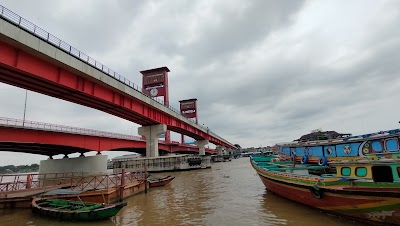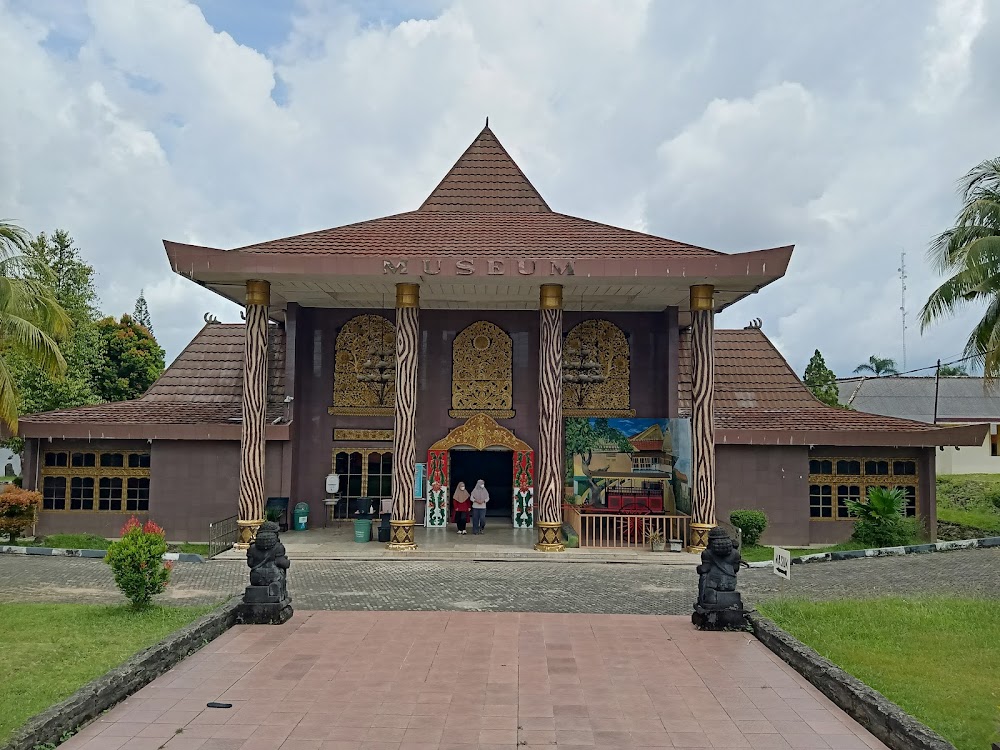Great Mosque of Palembang (Masjid Agung Palembang)
Overview
The **Sultan Mahmud Badaruddin Jayo Wikramo Great Mosque**, often referred to as the **Great Mosque of Palembang**, is an iconic landmark situated in Palembang, the capital city of South Sumatra, Indonesia. This magnificent mosque is not just a place of worship but also a vibrant symbol of Islamic heritage and cultural fusion, with a rich history dating back to the mid-18th century.
Construction of the mosque began in **1738** under the decree of Sultan Mahmud Badaruddin I, the twenty-fourth ruler of the Palembang Sultanate. Recognizing the need for a grand mosque that would serve as a religious, social, and cultural center for the Muslim community, the Sultan initiated this ambitious project. The mosque was completed a decade later, in **1748**, with the involvement of skilled artisans and laborers from the region, reflecting a true collective effort.
Architecturally, the Great Mosque of Palembang boasts a captivating blend of **indigenous and foreign influences**. The base structure, primarily constructed from wood and stone, showcases traditional Indonesian design, while intricate carvings and motifs reveal artistic inspirations from China and Europe. This harmonious fusion of styles creates a visually stunning experience for visitors.
One of the mosque's most distinctive features is its **pagoda-like tower**, a clear nod to Chinese architectural influence. Sultan Mahmud Badaruddin I maintained strong trade relations with Chinese merchants, leading to a fruitful exchange of cultural and architectural ideas. Inside the mosque, the main hall features pillars adorned with ornate carvings and traditional Javanese batik patterns, creating an interior that celebrates the region's diverse cultural heritage.
Over the years, the mosque has seen several **renovations and expansions** to accommodate its growing congregation. In **1821**, Sultan Mahmud Badaruddin II undertook extensive renovations; however, his plans were interrupted when he was captured by Dutch colonialists and exiled before the project could be completed. Despite this setback, the mosque continued to expand and evolve, significantly increasing its area.
A major renovation took place in the **1930s** under the Dutch colonial government, aimed at modernizing the mosque's facilities. This included adding new minarets, marble floors, and enhanced lighting systems. During this period, European stylistic elements were subtly integrated, further enriching the mosque's architectural narrative.
In **2000**, another significant renovation was carried out to preserve the mosque's historical legacy while upgrading its functionality for contemporary use. This restoration focused on maintaining original architectural details, particularly the delicate wood carvings and the structural integrity of the ancient building materials.
Today, the Great Mosque of Palembang can accommodate over **9,000 worshippers**. Its expansive structure includes vast prayer halls, a well-stocked Islamic library, classrooms for religious studies, and a community center. The serene gardens surrounding the mosque provide a peaceful environment for reflection amidst the bustling city of Palembang.
The Sultan Mahmud Badaruddin Jayo Wikramo Great Mosque stands as a testament to the historical and cultural dynamics of South Sumatra. It embodies resilience, cultural appreciation, and architectural excellence, reflecting the enduring spirit of the Muslim community in the region.
Visitors to the mosque are often captivated by its grandeur and the tranquil atmosphere it exudes. The call to prayer, echoing from the majestic minarets, encapsulates a timeless tradition that continues to unite and inspire the people of Palembang.









